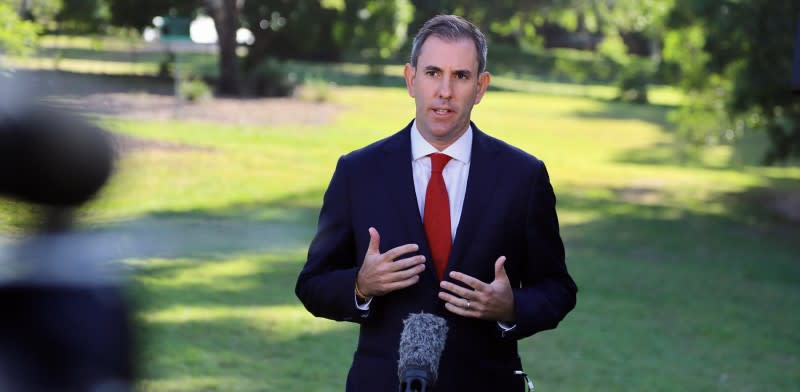Resources
Newsletter
Stay up to date and with the latest news, projects, deals and features.
Subscribe
The devil is in the details of the Federal Government proposed build-to-rent tax changes, according to a peak industry body.
The government announced this month that it would review proposed build-to-rent legislation ahead of the 2023-24 Federal Budget in May.
Part of the draft legislation proposes that the capital works tax deduction rate for new build-to-rent projects commencing construction after May 9, 2023 be increased from 2.5 per cent to 4 per cent per annum.
It was also proposed that the final withholding tax rate for eligible fund payments from managed investment trusts for such projects be reduced from 30 per cent to 15 per cent.
As well, there is consultation happening around if minimum proportions of housing in such projects should be set aside as affordable housing or if there should be a minimum length of time for housing to be owned by a single owner before it can be sold, such as a decade.
Both affordable housing minimums and singl- ownership retention are areas the Federal Government is seeking feedback from the industry on as it reviews the draft legislation.
States and territories have offered different build-to-rent concessions and have different planning requirements and frameworks as well as definitions of what constitutes affordable housing.
Input and feedback on the draft legislation can be submitted until April 22.

The Property Council of Australia policy and advocacy executive Matthew Kandelaars said the details would determine if new homes could get delivered to meet the housing target.
“The enormous potential of a 150,000-apartment pipeline hangs in the balance and there’s only one chance to get this legislation right,” Kandelaars said.
“Affordable housing is a crucial part of a broader housing mix, which is why we proposed an additional model that would protect the pipeline of 150,000 build-to-rent apartments and deliver a further 10,000 affordable rental apartments at no extra cost to the taxpayer.”
With build-to-rent relatively new to the Australian industry despite being a large part of the market elsewhere across the world, banks and lenders have been unsure about financing such projects.
Reducing the withholding tax rate for management investment trusts that were handling built-to-rent projects has been put forward as a measure to help with financial feasibility.
“The purpose of reducing the managed investment trust withholding rate from 30 to 15 per cent—which we welcomed—was to ensure that build-to-rent projects were put on a level playing field with other asset classes,” Kandelaars said.
“Even with the best of intentions, drafting missteps could risk the delivery of high-amenity, securely tenured homes backed by the institutional capital that's critical to deliver the homes our nation desperately needs.”

The Federal Government has a target of 1.2 million new homes by 2029.
In 2023, the Property Council commissioned EY to create a model that showed that a 15 per cent withholding rate without affordable housing mandates could create 150,000 apartments by 2033.
Including an affordable housing mandate and lowering the rate to 10 per cent could create an additional 10,000 affordable homes over a decade on top of the original 150,000.
“The Property Council is reviewing the details of the legislation and will work with the government to ensure it delivers on its potential to create 150,000 rental homes and an additional 10,000 affordable rental homes,” Kandelaars said.